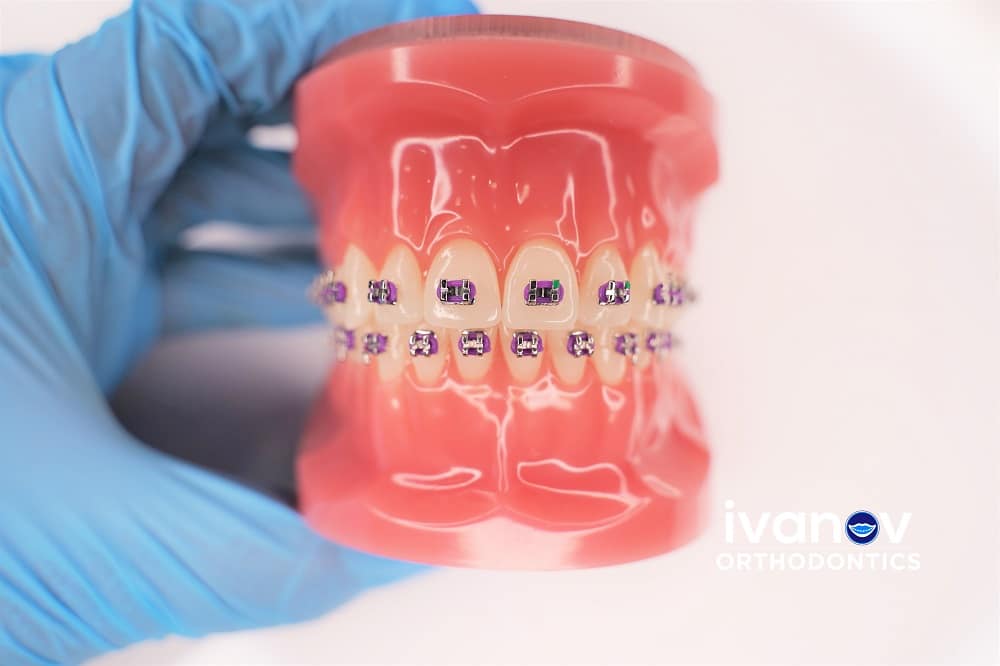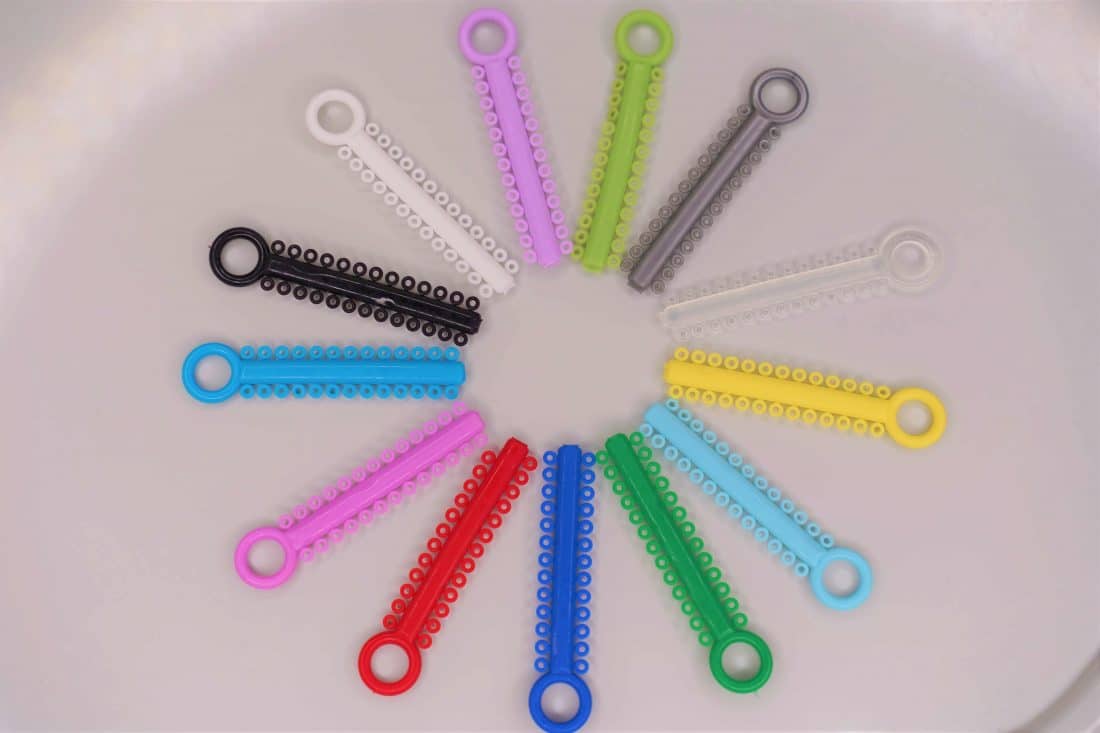A modern dentist office provides a comprehensive range of services aimed at maintaining oral health, improving smiles, and treating various dental conditions. Dentistry has advanced significantly over the years, and today’s dental practices utilize state-of-the-art technology and innovative techniques to deliver high-quality care. This article explores the services commonly offered by a modern dentist office, highlighting five key subheadings: preventive dentistry, restorative dentistry, cosmetic dentistry, orthodontics, and oral surgery.
Preventive Dentistry:
Preventive dentistry plays a crucial role in maintaining optimal oral health and preventing dental issues before they become more severe. A modern dentist office offers a variety of preventive services, including:
- Routine Dental Cleanings: Regular dental cleanings are essential for removing plaque and tartar buildup, which can lead to tooth decay and gum disease. During a cleaning, a dental hygienist will use specialized tools to remove plaque, polish the teeth, and provide guidance on proper oral hygiene techniques.
- Dental Examinations: Comprehensive dental examinations are conducted to assess the overall oral health of a patient. Dentists examine the teeth, gums, tongue, and other oral structures for signs of decay, gum disease, oral cancer, and other abnormalities. X-rays may also be taken to identify hidden dental issues.
- Dental Sealants: Dental sealants are thin, protective coatings applied to the chewing surfaces of the back teeth (molars) to prevent tooth decay. They act as a barrier, sealing off the deep grooves and fissures where bacteria often accumulate.
Restorative Dentistry:
Restorative dentistry focuses on repairing and restoring the function and appearance of damaged or missing teeth. A modern dentist office offers several restorative services, including:
- Dental Fillings: Dental fillings are used to treat cavities caused by tooth decay. Traditional amalgam (silver) fillings have been largely replaced by tooth-colored composite fillings, which blend in seamlessly with the natural tooth color.
- Dental Crowns: Dental crowns, also known as caps, are custom-made coverings that encase damaged or weakened teeth. They restore strength, shape, and appearance, particularly for teeth with extensive decay, cracks, or after root canal treatment.
- Dental Bridges: Dental bridges are used to replace one or more missing teeth. They consist of artificial teeth that are anchored to the adjacent natural teeth or dental implants, restoring both aesthetics and functionality.
Cosmetic Dentistry:
Cosmetic dentistry focuses on enhancing the appearance of the teeth and smile. A modern dentist office offers various cosmetic services, such as:
- Teeth Whitening: Professional teeth whitening procedures effectively remove stains and discoloration, resulting in a brighter, more youthful smile. Dentists may use in-office treatments or provide take-home whitening kits.
- Dental Veneers: Dental veneers are thin, custom-made shells that are bonded to the front surface of teeth. They can improve the appearance of teeth that are discolored, chipped, misaligned, or have gaps between them.
- Dental Bonding: Dental bonding involves applying a tooth-colored resin material to the teeth and shaping it to correct minor imperfections such as chips, cracks, or gaps. It is a cost-effective and minimally invasive procedure.
Orthodontics:
Orthodontics is a branch of dentistry that specializes in the diagnosis, prevention, and treatment of dental and facial irregularities. It focuses on correcting the alignment and positioning of the teeth and jaws to enhance both oral health and aesthetics. Modern dentist offices offer orthodontic services using various techniques:
- Traditional Braces: Traditional braces consist of metal brackets bonded to the teeth and connected by wires. Over time, the wires are adjusted to apply gentle pressure, gradually shifting the teeth into their proper positions. This method is effective for addressing complex orthodontic issues.
- Invisalign: Invisalign is a popular alternative to traditional braces. It uses a series of clear, removable aligners that are custom-made for each patient. These aligners gradually move the teeth into alignment, and they are virtually invisible, comfortable to wear, and can be easily removed for eating and cleaning.
- Retainers: After completing orthodontic treatment, retainers are often prescribed to maintain the newly achieved alignment of the teeth. Retainers help prevent teeth from shifting back to their original positions and are typically worn at night or as recommended by the orthodontist.
Orthodontic treatment not only improves the appearance of a person’s smile but also contributes to better oral health. Properly aligned teeth are easier to clean, reducing the risk of tooth decay, gum disease, and other dental issues. Moreover, orthodontic treatment can address bite problems, such as overbite, underbite, crossbite, and open bite, improving chewing efficiency and overall jaw function.
Dentist offices today employ advanced orthodontic techniques and technologies, including digital imaging, computer simulations, and 3D printing, to create personalized treatment plans and enhance patient comfort. With the availability of modern orthodontic options, individuals of all ages can achieve a straighter, healthier smile. Consulting with a dentist or orthodontist will help determine the most suitable orthodontic treatment for each individual’s unique needs.
Congrats! You’ve Finished This Blog.








